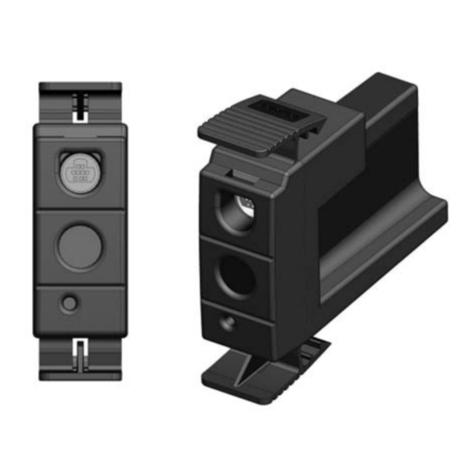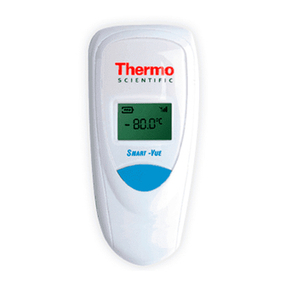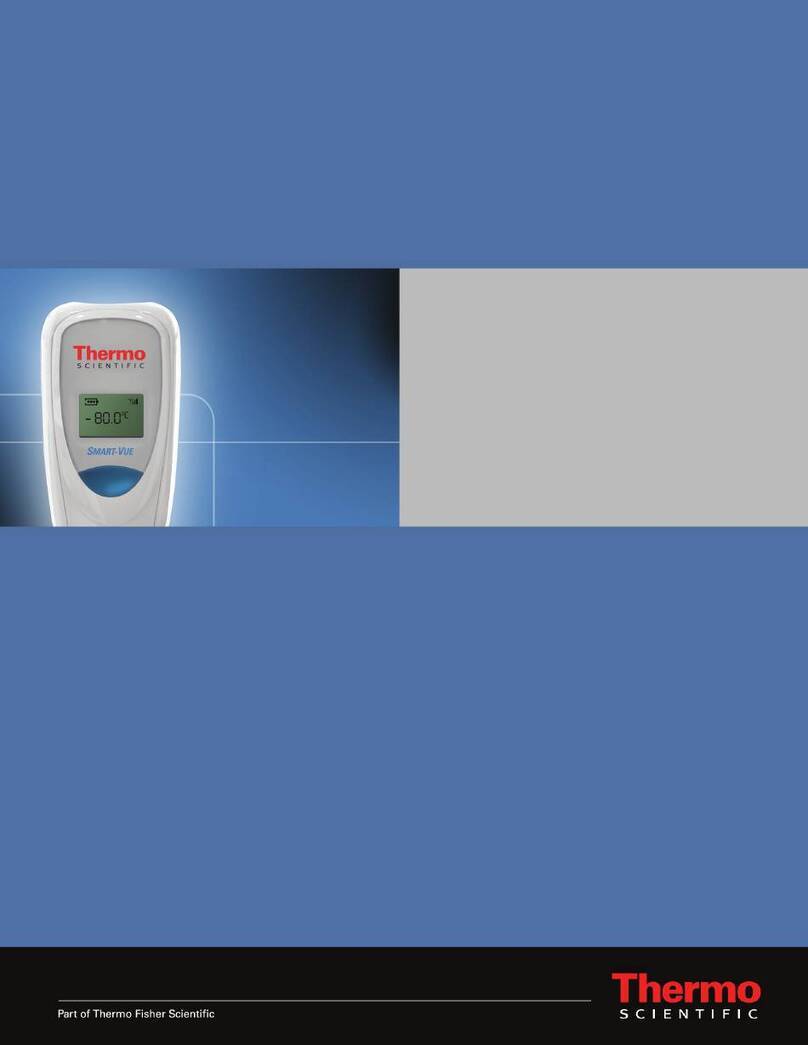
The information in this publication is provided for reference only. All information contained in
this publication is believed to be correct and complete. Thermo Fisher Scientific shall not be
liable for errors contained herein nor for incidental or consequential damages in connection with
the furnishing, performance or use of this material. All product specifications, as well as the
information contained in this publication, are subject to change without notice.
This publication may contain or reference information and products protected by copyrights or
patents and does not convey any license under our patent rights, nor the rights of others. We do
not assume any liability arising out of any infringements of patents or other rights of third
parties.
We make no warranty of any kind with regard to this material, including but not limited to the
implied warranties of merchantability and fitness for a particular purpose. Customers are
ultimately responsible for validation of their systems.
© 2005-2008 Thermo Fisher Scientific Inc. All rights reserved. No part of this publication may
be stored in a retrieval system, transmitted, or reproduced in any way, including but not limited
to photocopy, photograph, magnetic or other record, without our prior written permission.
For Technical Support, please contact:
Thermo Fisher Scientific
5225 Verona Road
Madison WI 53711-4495 U.S.A.
Telephone: 1 800 532 4752
World Wide Web: http://www.thermo.com/spectroscopy
For International Support, please contact:
Thermo Fisher Scientific
Telephone: +1 608 273 5017
World Wide Web: http://www.thermo.com/spectroscopy
Swagelok is either a trademark or registered trademark of Swagelok Company in the United
States and/or other countries. All other trademarks are the property of Thermo Fisher Scientific
Inc. and its subsidiaries.
269-159402, Rev A



































